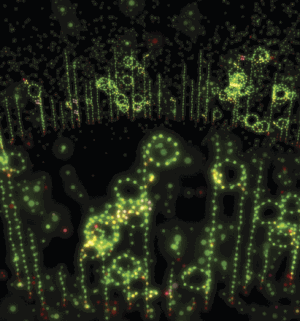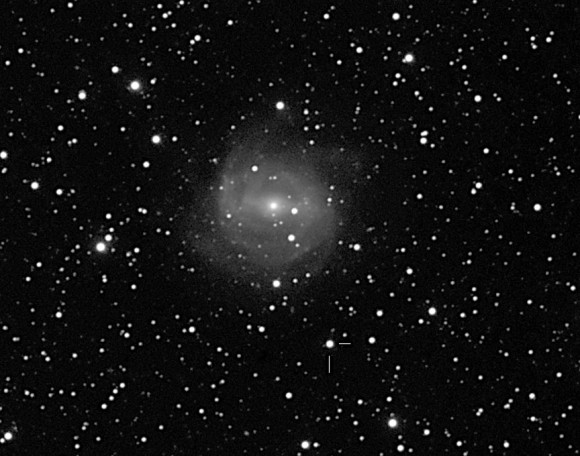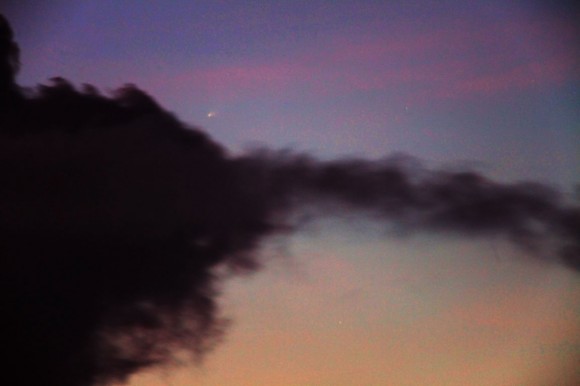
© Mauro MartinoThe complex behaviour of a network can be fully captured by tracking a few crucial nodes, here pictured in red.
To completely understand how a living organism works one would have to take it apart, the great physicist Niels Bohr once observed - but then the organism would certainly be dead
1. In general, systems of high complexity, including living things but ranging from the Internet to social networks, are often impossible to track in all their details.
But what if you didn't have to? Network-theory researchers now have come up with some clever mathematics that
reveals complex systems by tracking a selected few of their components.Say, for example, that you wanted to find a biological marker that identifies people with a certain disease. You can track down all the genes that are expressed differently in people with the disease and assemble a network that shows their interactions, but how do you then pick out those that are specific to the illness?
The new work may help researchers to identify the key nodes in a network that determine the state of every other node, greatly simplifying the search.
To demonstrate their technique, Yang-Yu Liu of Northeastern University in Boston and his colleagues looked at the entire human metabolic network and found that concentrations of about 10% of the body's 2,763 metabolites could be used to determine the levels of all the rest.



